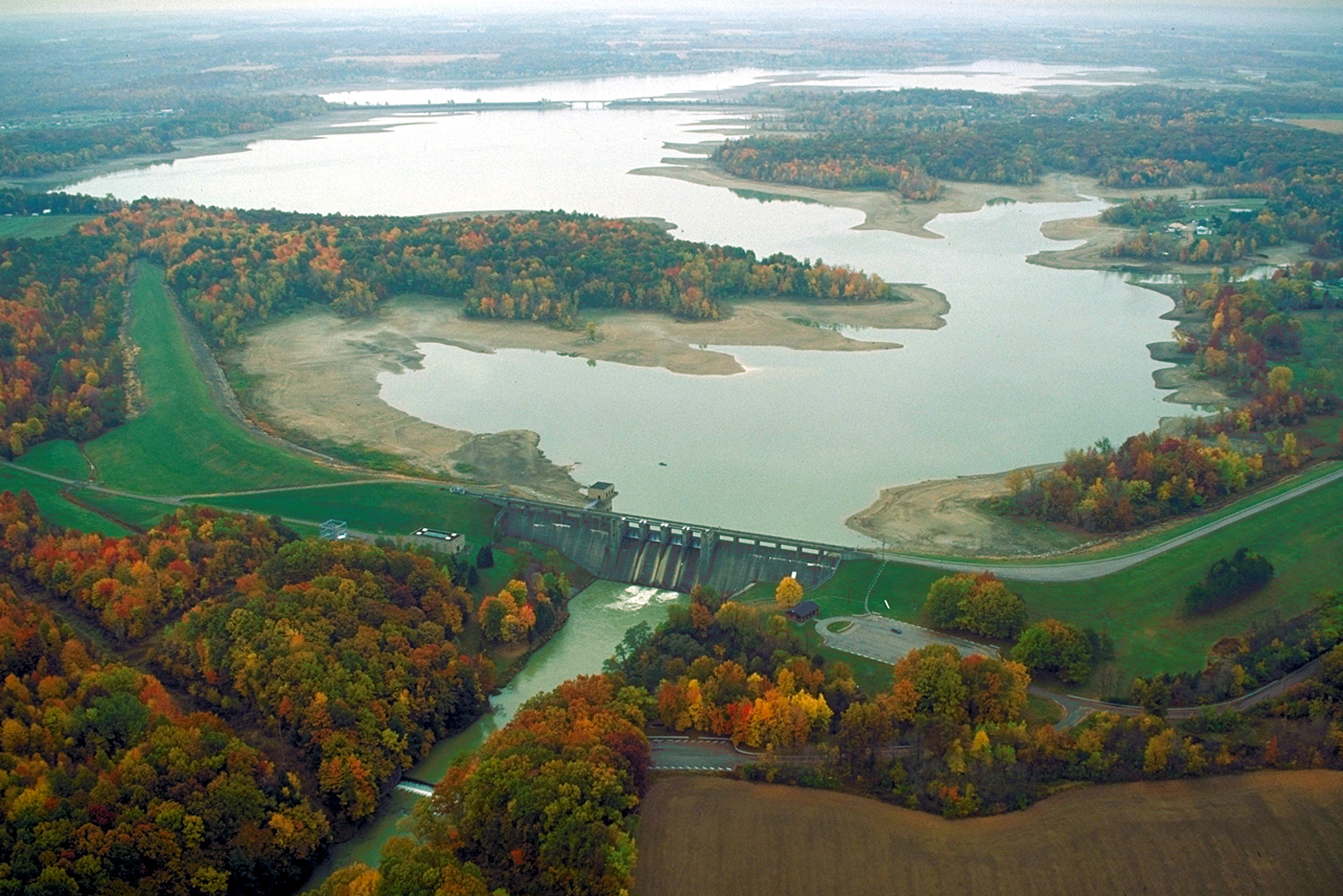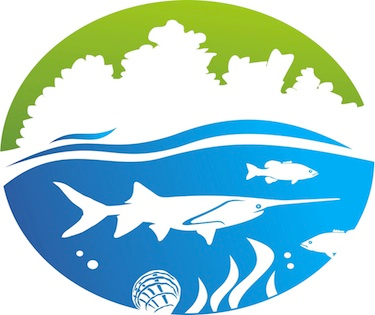
The Ohio River Basin Fish Habitat Partnership was formed to protect, restore, and enhance priority habitat for fish and mussels in the watersheds of the Ohio River Basin. We pursue this mission for the benefit of the public, but what brings us to the table is as diverse as the basin itself. Whether it is sport fish, mussels, imperiled fish, water quality, or one of many other drivers, what bonds us is the Basin and our desire to work together to protect, restore, and enhance her aquatic resources. The partnership encompasses the entire 981 miles of the Ohio River mainstem (the second largest river in the U.S. as measured by annual discharge) and 143,550 square miles of the watershed. A decision was made to exclude the Tennessee-Cumberland sub-basin to limit overlap with SARP.
Board recognized October, 2009
The Ohio River Basin Fish Habitat Partnership was formed to protect, restore, and enhance priority habitat for fish and mussels in the watersheds of the Ohio River Basin. We pursue this mission for the benefit of the public, but what brings us to the table is as diverse as the basin itself. Whether it is sport fish, mussels, imperiled fish, water quality, or one of many other drivers, what bonds us is the Basin and our desire to work together to protect, restore, and enhance her aquatic resources. The partnership encompasses the entire 981 miles of the Ohio River mainstem (the second largest river in the U.S. as measured by annual discharge) and 143,550 square miles of the watershed. A decision was made to exclude the Tennessee-Cumberland sub-basin to limit overlap with SARP. The Ohio River drainage contains at least 350 species of fish ranging from endemic darters and dace in the headwaters to a suite of great river fish (e.g., paddlefish, blue sucker, lake sturgeon, and shovelnose sturgeon) and more than 120 mussel species, including a number that are federally listed. These figures approach half of the freshwater fishes and over a third of all mussel species found in the United States. A number of the rivers in the Ohio River Basin also support outstanding smallmouth or spotted bass angling. However, fish and mussel habitat within the Ohio River Basin is imperiled by a number of historic impacts and continuing threats including mineral extraction, row crop agriculture, and livestock grazing. It was within this context that a group of approximately 50 representatives from state and federal agencies, NGOs and universities within the Ohio River Basin initially coalesced into the candidate Ohio River Basin Fish Habitat Partnership. Ultimately, we developed a list of specific habitat protection/restoration strategic actions designed to protect healthy waters; restore natural variability in river and stream flows; reconnect fragmented stream habitat; reduce sedimentation, phosphorus, and nitrogen runoff; reduce other key pollutants or degrading environmental conditions (e.g., acid drainage, heavy metals, altered temperatures, or oxygen levels); and reduce the effect of invasive species. The Ohio River Basin Fish Habitat Partnership was recognized by the Board in October 2009.

